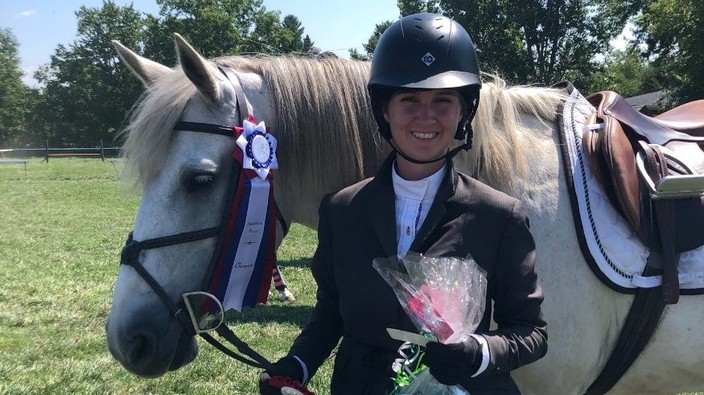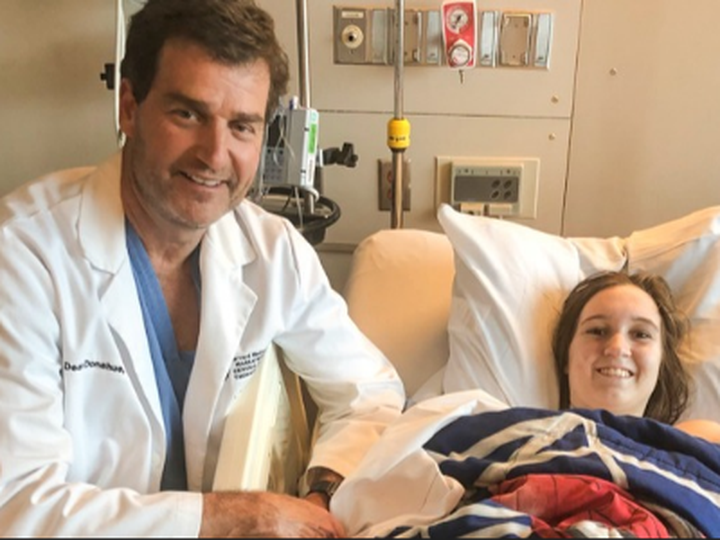what was the goal of surgery?
s: it was to relieve the pressure on the thoracic outlet. we believed that it was just compression on my nerve, but when [dr. donahue] got in there, he discovered that there was pressure on the subclavian artery as well. so, if that was left, i would be at risk for blood clots and then that can turn into a pulmonary embolism or stroke or heart attack. so, it wasn’t just the severity of the pain, but it was a life and death scenario as well that we weren’t aware of.
after the initial surgeries here in canada, you felt worse?
s: yes, unfortunately the rib was just partially removed, and it grew back into the nerve and got tangled. it’s of no fault of the surgeons here, it’s just there’s no real infrastructure for a specialist. and it’s just the importance of seeing a specialist.
how did you get connected to dr. donahue?
h: after three surgeries and a bunch of failed procedures and drug management, we realized that had reached the end of the road in terms of treatment options in ontario. we started looking outside of canada. we weren’t ok with that she had to live with severe pain and disability for the rest of her life.
our daughter’s in a wheelchair. she’s in severe pain. she’s heavily medicated. this is not the life that we want for her. we started just looking around to see what other people were doing. there are a number of global groups that exist to support groups for people with tos, so we connected with each of those. we started doing our own research to find out if there are any specialty clinics, and we discovered that there were a handful of specialists in the u.s.. then we started looking at those specialists, and several canadians have gone to see dr. donahue with positive results, especially for situations like sydney’s that are really complicated. we decided we would go for a consult just to see.
 9 minute read
9 minute read









